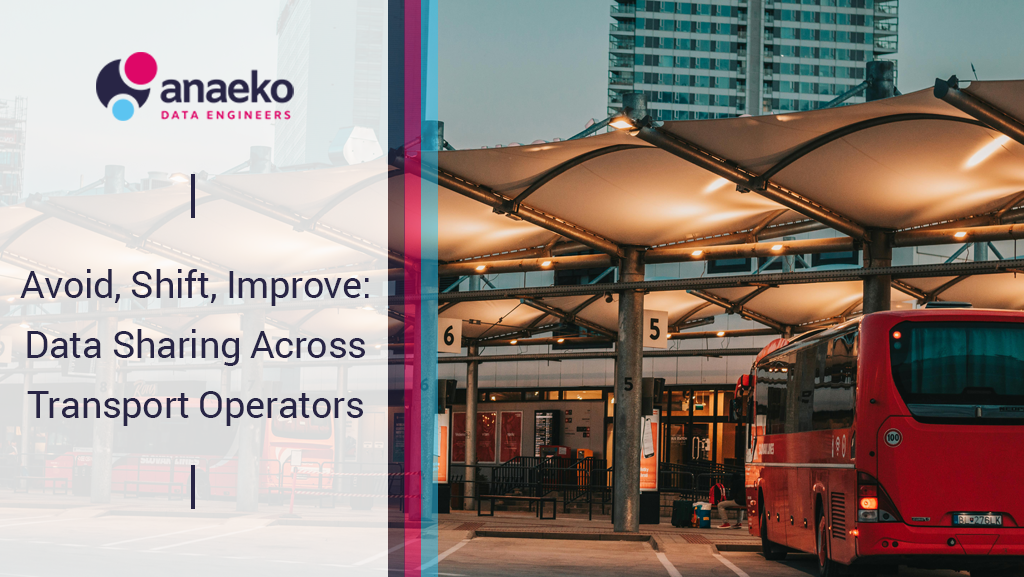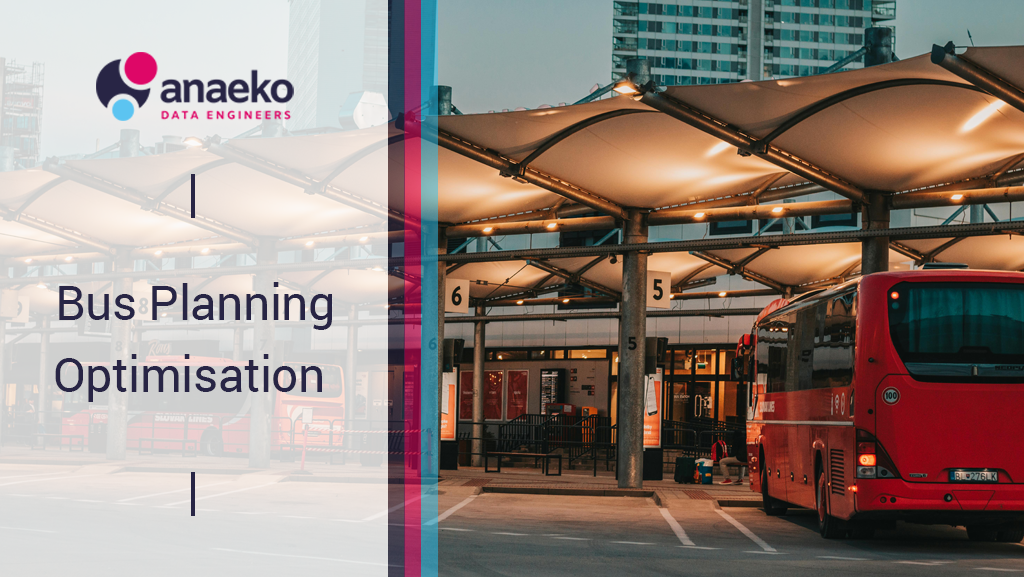Railway planning involves long-term and short-term optimisation strategies to ensure efficiency, profitability, and sustainability, all while addressing immediate challenges and customer needs.
Long-Term Planning: Rail infrastructure, such as tracks, is usually set for long periods, sometimes spanning ten years or more. The goal in long-term planning is to optimise efficiency by predicting future needs based on past data. This involves determining the type and quantity of trains and carriages needed, scheduling frequencies, and planning the necessary staff and crew. The focus is on ensuring profitability and aligning with sustainability goals, such as the decarbonisation of the rail network.
Short-Term Planning: In the short-term (three to six months), the focus shifts to adapting to specific events and external impacts. For example, planners must consider seasonal changes, school schedules, and annual events, as well as temporary disruptions like track closures or construction projects. These factors require adjustments in services, such as introducing temporary bus routes to cover areas affected by construction.
Real-Time Monitoring: In real-time operations, the priority shifts to customer service. Dispatchers monitor conditions within the next 24 hours, reacting to unforeseen events like flooding, breakdowns, or obstructions on the tracks. Effective real-time response relies on pre-existing contingency plans and the immediate availability of trained staff, including drivers, cleaners, and inspectors. Each of these roles has specific schedules, availability, and constraints governed by labor rules and union agreements.
Infrastructure and Operations: The rail infrastructure, including tracks, stations, depots, and trains, is analysed in segments. Each segment has specific characteristics, like running speed and elevation, which affect efficiency. Rolling stock (trains and carriages) may be reorganised using a process called "shunting" to match demand at different times of day. Crew management involves not just ensuring the right competencies and training but also quickly reallocating staff to cover last-minute changes in the schedule.
Data and Analysis: A vast amount of data is required for planning and real-time operations. This includes information on rail network infrastructure, rolling stock, crew competencies, and passenger demand. Historical data and trends play a crucial role in forecasting, while real-time data helps in monitoring and adjusting to current conditions. The introduction of digital technologies, such as digital tickets, enhances the ability to predict and respond to passenger needs.
Performance Monitoring: Monitoring and understanding delays is critical. Analysis focuses on delay causes, emergency responses, planned and unplanned maintenance, and the overall condition of assets. Performance is continuously reviewed against set targets and key performance indicators. The data collected supports strategic objectives, enables optimisation of services, and informs both forecast-based planning and daily operations.
Conclusion
Rail planning is a complex, data-driven process that integrates long-term strategies with short-term responsiveness and real-time monitoring to deliver efficient, reliable, and customer-focused rail services.
In transport planning and optimisation, it's essential to analyse what happened, understand why it happened, anticipate what could happen, and make recommendations for what should be done. This approach aligns with the four types of analytics: descriptive, diagnostic, predictive, and prescriptive.
At Anaeko, we provide services across these areas. We connect and integrate with the specialised tools and algorithms available for each specific function, leveraging the data accessible from these sources to enhance our analytics and decision-making processes.
Join our next webinar:

Topics: Data Analytics, Data, transport, sustainability



